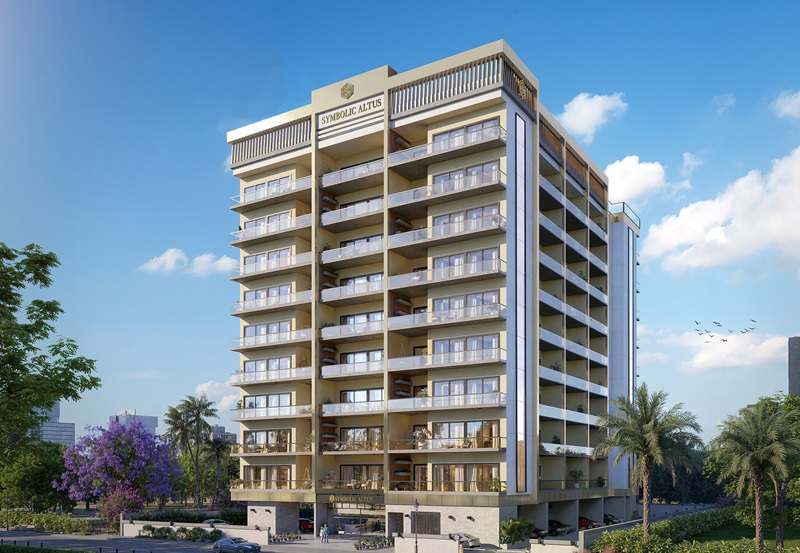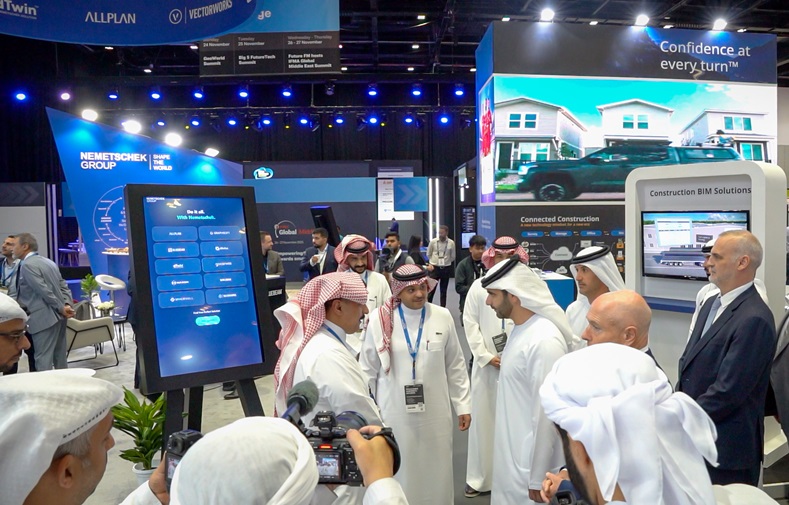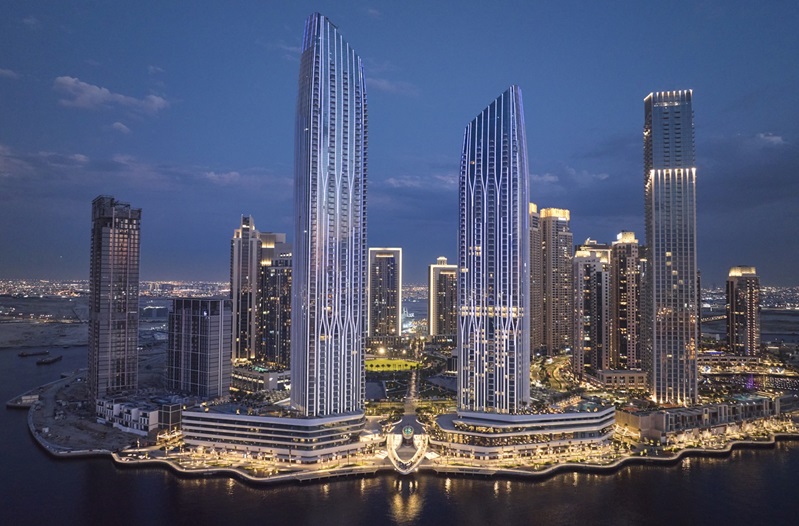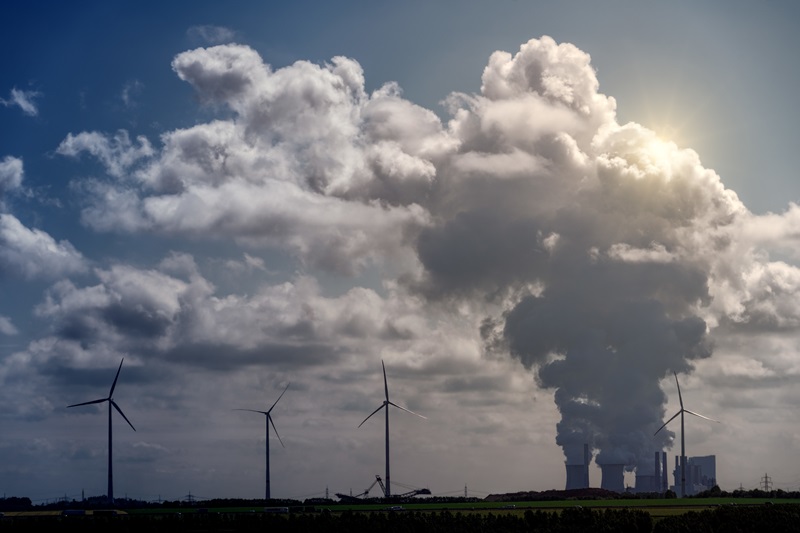
Natural disasters cannot be prevented but the impact due to natural disasters can be softened to a great extent. The recent earthquake in Turkey and the consequent damages that have caused numerous buildings to collapse is a serious cause of concern for all professionals working in the built environment industry, starting from manufacturing materials, and contracting to maintenance. All through every part of the built environment life cycle, this aspect of safety and reliability can be questioned.
Building codes are usually enhanced or improved once a serious incident takes place, but even though there are strict codes in place, do all follow them or is it even cascaded down to the person who is expected to implement the same? Post such damage, do we hold the contractors or consultants who have contributed to the mishap accountable? Do we have the answer to these questions? The inquiries will go on, but somewhere down the line, the realisation may strike some - making safe structures and maintaining the safety of such structures should indeed be the priority of any built environment professional.
The aftermath in Turkey has now forced the local regulatory authorities to deep dive into the codes and practices used in construction as well as maintenance. Many contractors are now under scrutiny as well, but this does not immediately help the lost lives as well as lost shelters. Re-building is time-consuming, painstaking and cost-intensive, so prevention is the best cure.
Not all areas may be prone to earthquakes, but it may happen due to ever-changing geology of the landmass. On the other hand, some areas have accepted earthquakes as part of their daily routine - countries such as Japan come to mind. Japan is located along the Pacific Ring of Fire, which is an area where numerous tectonic plates meet. Thus, building earthquake-resistant structures and maintaining them is vital for safeguarding the Japanese population. There are other countries too who sit on locations with high seismic activity such as Indonesia, China, the United States, Mexico, and New Zealand.
It is important to note that the number of earthquakes alone is not the only indicator of seismic threat to a country. Factors such as population density, building codes and infrastructure, and emergency response capabilities also play a substantial role in determining the level of risk posed by earthquakes.
We can look at Japan as an example since it has been through numerous and terrifying earthquakes and certain ways they have adopted can be used as best practices. The aspects that should be looked at are:
- Strictest building codes in the world – especially on seismic safety.
- Isolating the base – separating the building from the base by using bearings and shocks
- Strong and Flexible structure – The use of diagonal braces, cross walls, and reinforced concrete.
- Regular inspections and high-quality maintenance – regular stringent inspections are in place to ensure codes are practiced and any damages are repaired immediately. Also, regular high-quality maintenance is put into practice by the building owners.
- Education and awareness – Strong emphasis is laid out starting from the school age to workplaces to consistently provide awareness and education on the risks and mitigation measures for earthquakes.
If we give a closer look at the five points mentioned above, it is clear that Japan has led the way by taking a holistic approach to the building environment starting from stringent regulations, innovative design, quality construction, efficient maintenance regime, regular inspections, and emphasis on education.
As a built environment professional and regardless of the geographical boundaries, it is a professional need for us to be involved in various phases of the building lifecycle to ensure risks related to seismic activities are managed. The various aspects may be:
- Improving and innovating efficient building designs through regular operational feedback.
- Create provisions to provide periodic feedback to local regulators and lawmakers to create more safe environments. This can be achieved through special interest groups and public forums.
- Vigilant evaluation of building testing & commissioning (with relevant emphasis on structural aspects).
- Strong maintenance regimes are to be followed on civil and structural parts of the building through planned and condition-based improvement methods.
- Stringent and regular inspections both using destructive and in-destructive tests, leading to immediate rectification.
- Consistent awareness to stakeholders such as lawmakers, business heads, influencers, workforce, homemakers
Note by the author: I would like to express my condolences and sympathy for the families who have lost deeply due to the recent earthquake in Turkey and Syria. It is not easy to lose people or properties as these form an integral part of our lives.
This article was authored by Eng. Fahad Mohamed, Director – Dubai & Northern Emirates, Adeeb Group, as part of the 'Expert Talk' series. Built Environment's ‘Expert Talk’ series carries knowledge pieces every week by industry professionals who give their take on the key trends, observations, issues, and challenges in the built industry. The opinions in these articles are the author's own and do not reflect that of the publication. This is a standard disclaimer.
Turkey Syria earthquake building collapse Turkey death-toll building safety building codes code enforcement safe structures efficient building design seismic activity construction efficient maintenance regime earthquake-proof

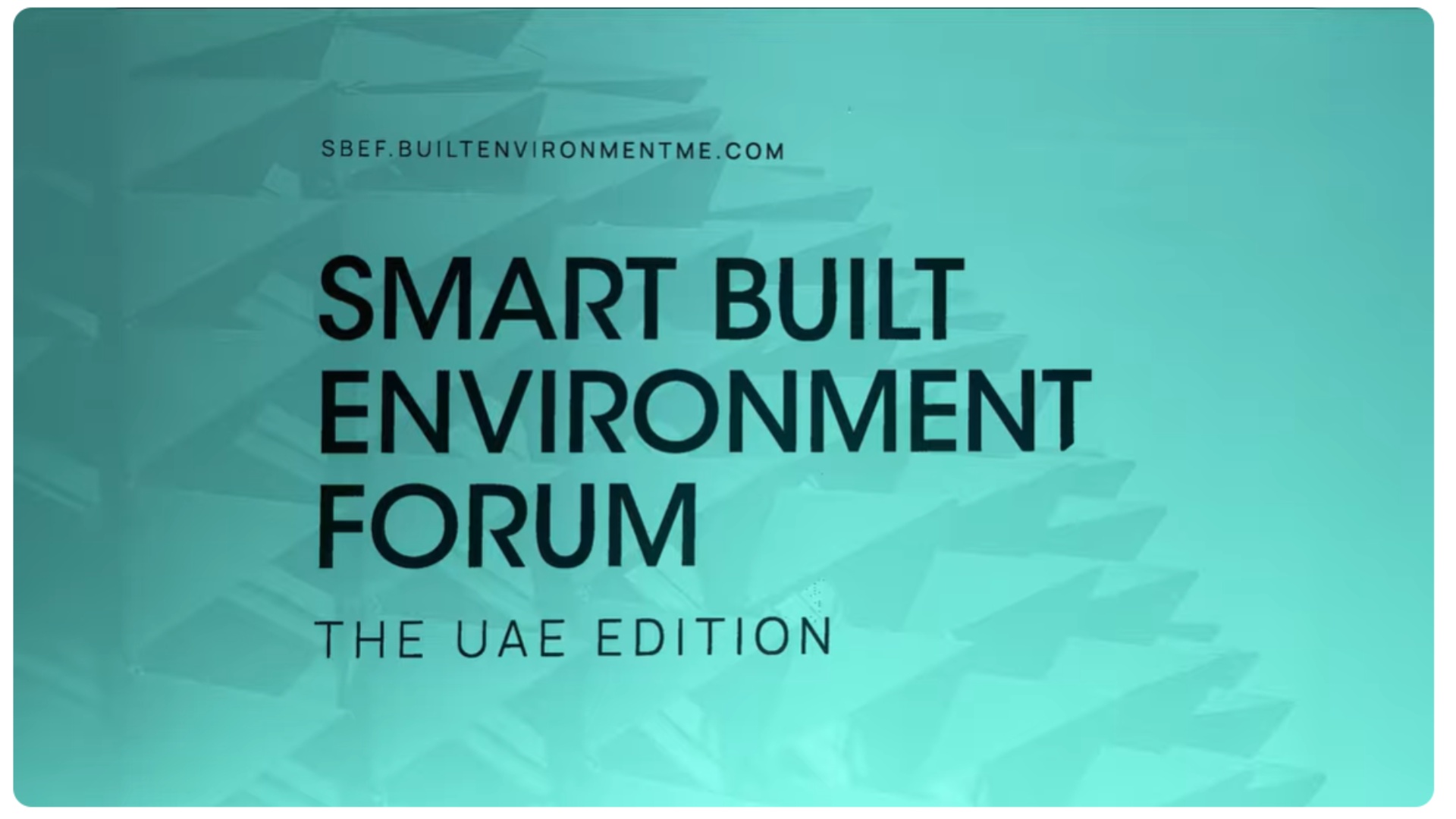





.jpg)
